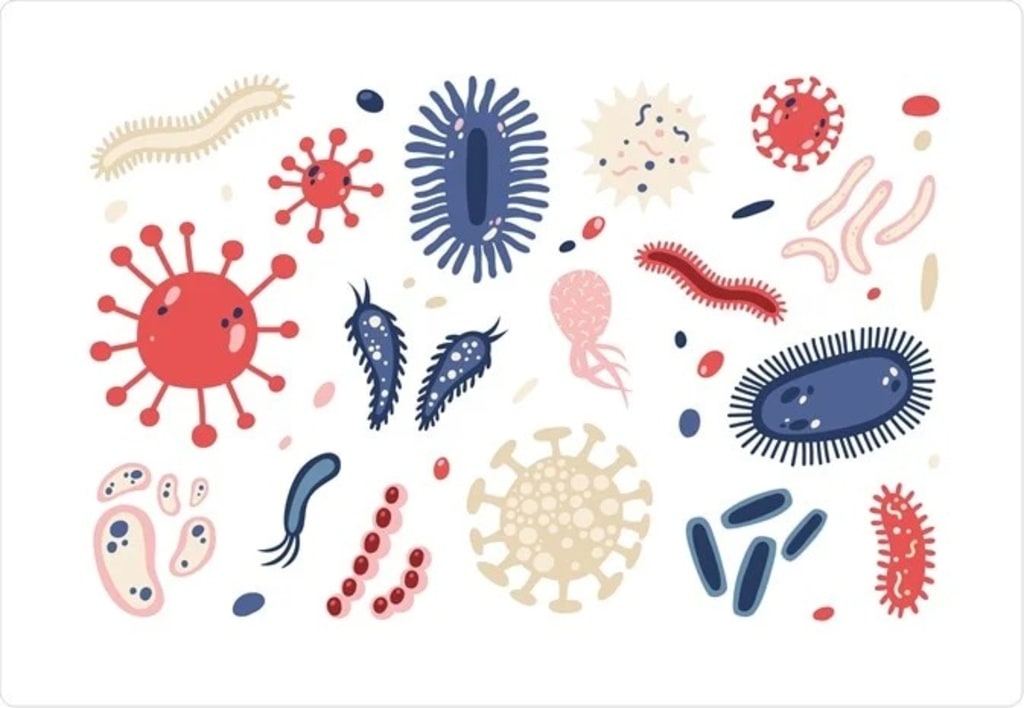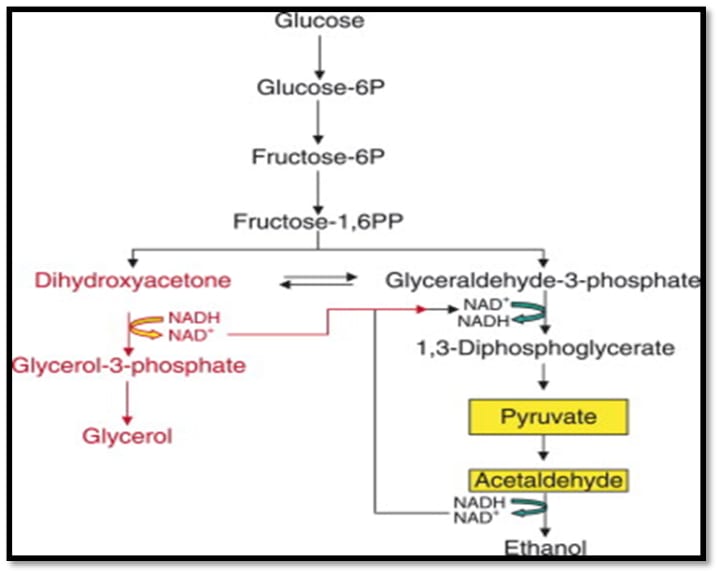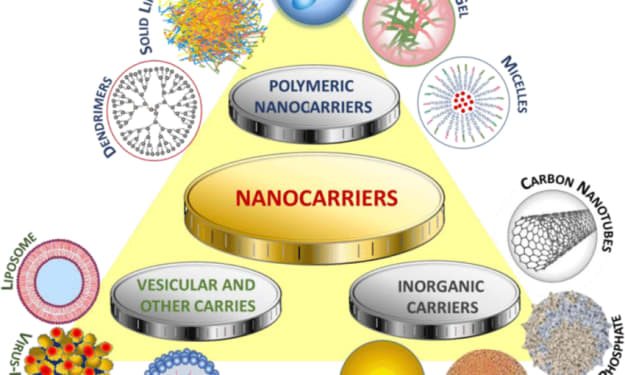Micro-organisms in industry, alcoholic beverages and other industrial products
Introduction and steps for alcohol production

INTRODUCTION
In the branch of applied microbiology known as industrial microbiology, bacteria are used to produce essential goods such alcohols, chemical compounds, enzymes, food products, and antibiotics.
Fermentation is equivalent to industrial microbiology in terms of scope, goals, and activities since it encompasses any processes mediated by or involving bacteria that yield a product of economic value. Utilising microorganisms, industrial microbiology enables the large-scale synthesis of items with economic value and a variety of applications.
Over the past 40 years, purer, more inexpensive items or chemicals that are not available through conventional chemical processes have been produced using innovative and more efficient industrial approaches that include microorganisms.
Microorganisms in Alcohol Beverages
FERMENTATION
Fermentation is defined as:
The procedure through which microorganisms use chemical reactions to change carbohydrates into new products.
Types of Fermentation:
There are two types of fermentation:
• Alcoholic fermentation
• Lactic acid fermentation
ALCOHOLIC FERMENTATION
Alcoholic fermentation is a complex biochemical process where yeasts convert carbohydrates into ethanol, carbon dioxide, and other metabolic byproducts that alter the chemical composition and sensory characteristics of the food.
Alcohol fermentation is used to create alcoholic beverages like beer and wine. The most common microorganism used in industry for alcoholic fermentation is the yeast Saccharomyces cerevisiae.
Although yeast normally completes the aerobic fermentation phase of alcohol synthesis, it is also able to anaerobically ferment raw materials. In the absence of oxygen, alcoholic fermentation occurs in the cytoplasm of yeast.
Alcoholic Fermentation performed by Yeast, starting with the molecule of Glucose
STEPS OF ALCOHOLIC FERMENTATION
Alcoholic fermentation, the most well-known type of fermentation, is essential for the transformation, stabilisation, and preservation of sugar-rich substrates including fruit and fruit and vegetable juices. Yeasts, as well as a number of other fungi and bacteria, are in charge of fermenting alcohol.
The first stage of the fermentation process for alcohol involves the production of pyruvate, which is a byproduct of yeast. The process by which pyruvate is decarboxylated to acetaldehyde is catalysed by the enzyme pyruvate decarboxylase.

Figure 1: Steps involved in Alcoholic Fermentation
REDOX BALANCE OF ALCOHOLIC FERMENTATION
Acetaldehyde is reduced to ethanol by alcohol dehydrogenase, which restores the redox balance required for the synthesis of alcohol. Two molecules of ATP, two molecules of ethanol, two molecules of carbon dioxide, and two molecules of water are produced during fermentation from one glucose molecule.
LACTIC ACID FERMENTATION
A metabolic process called lactic acid fermentation turns six-carbon sugars like glucose or other six-carbon sugar disaccharides like sucrose or lactose into the metabolite lactate, which is lactic acid in solution, and cellular energy. In some bacteria and animal cells, such muscle cells, an anaerobic fermentation reaction takes place. Alcoholic fermentation and malolactic fermentation are the two main biotechnological processes used in wine production. After the alcoholic fermentation, the majority of red wines and certain white wines go through malolactic fermentation.
The wine's deacidification, flavour modification, and microbiological stability all depend on this second fermentation. Lactic acid bacteria usually carry it out. During wine deacidification, l-malate (dicarboxylic acid) is changed into l-lactate (monocarboxylic acid).
However, the majority of wine lactic acid bacteria also generate the enzyme that catalyses the conversion of l-malate to l-lactate. Oenococcus oeni is the primary lactic acid bacterium that causes the malolactic fermentation of wines.
Conclusion:
Microbes are essential for life to exist on Earth. Microorganisms are not all dangerous. Numerous microbes are very beneficial to humans. We use microorganisms and goods generated by bacteria virtually exclusively. The manufacturing of curd and wine as well as environmental remediation are just a few examples of how crucial microbes are to advancing human welfare. Microbes have been employed to treat sewage (wastewater) since more than a century ago by creating activated sludge, which aids in the natural recycling of water.
About the Creator
Enjoyed the story? Support the Creator.
Subscribe for free to receive all their stories in your feed. You could also pledge your support or give them a one-off tip, letting them know you appreciate their work.





Comments
There are no comments for this story
Be the first to respond and start the conversation.